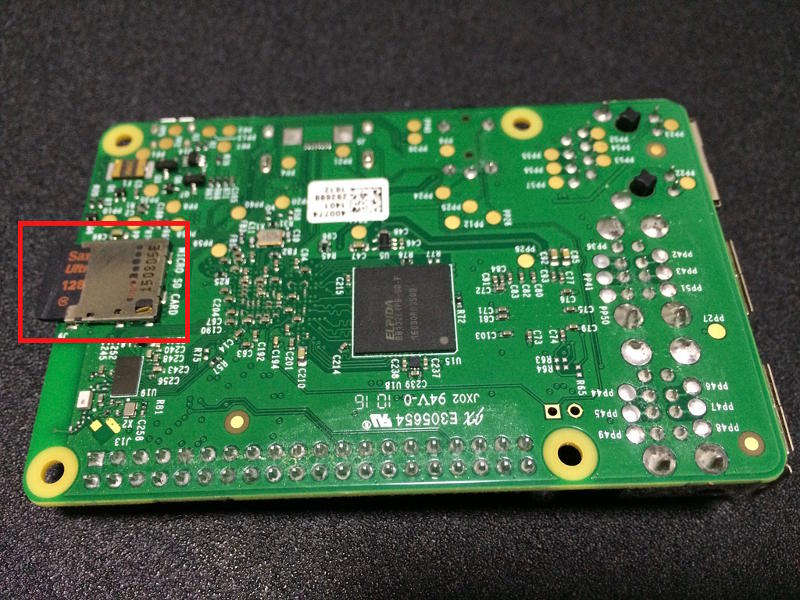

Let’s have some knowledge of all three methods one after another. Each method is better in some terms than others. It is important to know each one of them before getting started. We are going to show you three different methods of booting a Pi in this tutorial. Ultimately, it all depends on which model of Pi you are using. There are multiple different methods to boot a Raspberry Pi from USB hard drives. All right, let’s hop on to the actual topic. You are not going to learn until you get your hands dirty. We can tell you what we have experienced. We always encourage you to try exploring different options. If you are made your mind to try booting your Pi from a USB hard drive. Booting from SD cardįaster than SD cards which increase performance We feel this table would help you to decide what is right for you. See this table which tells the difference in a simple way. Both ways are better in their way and both of them have their own pros and cons in practical. If you are ready to compromise with all these inconveniences then you will get a stable, durable, and performance-oriented Pi for your project. All these requirements make this option inconvenient. Additionally, an extra power unit if the power drowns from the Pi is not sufficient to run the hard drive. But, you may need to bear with additional components like a USB cable for data transfer, hard drive itself with a case for protection. Well, yes, you may yield better performance if you use hard drives. You may ask how the Pi would perform if you use HDDs/SSDs, they have a track record of an impressive performance against SD cards. It’s been seen that there is a dramatic reduction in the performance when flash drives have been used against SD cards. You need not maintain a separate unit for storage.

Even official Raspberry Pi documentation is no exception. You may see using an SD card to boot a Raspberry Pi in most of the tutorials.


 0 kommentar(er)
0 kommentar(er)
